This white paper, developed by the SDSN and Saoradh Enterprise Partners, evaluates life cycle assessments (LCAs) and cost-benefit analyses for seven low carbon concrete mix designs. Concrete accounts for 8% of global CO2e emissions and is a notoriously hard-to-abate sector. 80% of those emissions come from concrete’s key ingredient, cement, and 50% to 40% are from the calcination of calcium carbonates. These emissions cannot be addressed through renewables, electrification, etc. Reducing cement content through low carbon mix designs is a key solution. This study uses a cost-benefit analysis and life cycle assessments (LCA) to determine which low carbon mix designs reduce CO2e footprints, are profitable to concrete batching plants, and are most advantageous to society. These ready mix, mix designs replace traditional cement with ground granulated blast furnace slag (GGBS), fly ash, biochar, recycled concrete aggregate (RCA), portland-limestone cement, limestone calcined clay cement (LC3), and early stage carbon curing. The LCAs demonstrate that GGBS, LC3, fly ash, and portland-limestone cement reduce the most CO2e emissions: 43%, 37%, 27%, and 9% (respectively). All four are more profitable for batching plants than traditional ready mix concrete by 3% to 21%. Portland-limestone cement, curing, and biochar offer small CO2 reductions, and RCA may increase CO2. These are not more profitable for batching plants, although all mix designs are more advantageous if social carbon costs and waste aversion benefits are considered.
SIGN UP FOR SDSN UPDATES
Get our latest insights, opportunities to engage with our networks, and more.

Paris
19 rue Bergère
75009 Paris
France
+33 (0) 1 84 86 06 60
New York
475 Riverside Drive
Suite 530
New York NY 10115 USA
+1 (212) 870-3920
Kuala Lumpur
Sunway University
Sunway City Kuala Lumpur
5 Jalan Universiti
Selangor 47500
Malaysia
+60 (3) 7491-8622
